There was a time when dinner meant something different. Families gathered at the table, shared the same dish, and followed routines built around recipes passed down for generations. These were the golden years of home-cooked meals, when ingredients were simple and preparation was part of daily life. These dishes were the backbone of School Dinners across towns and cities, offering familiar flavors that could feed large families on a budget. Today, most of these meals have vanished from regular rotation. Fast food, busy schedules, and changing tastes have made them less common in kitchens. Yet, these forgotten favorites once defined what comfort food really meant. This list brings back 11 classic old-school dinners that are fading fast, but still hold a place in culinary history.
Meatloaf with Ketchup Glaze
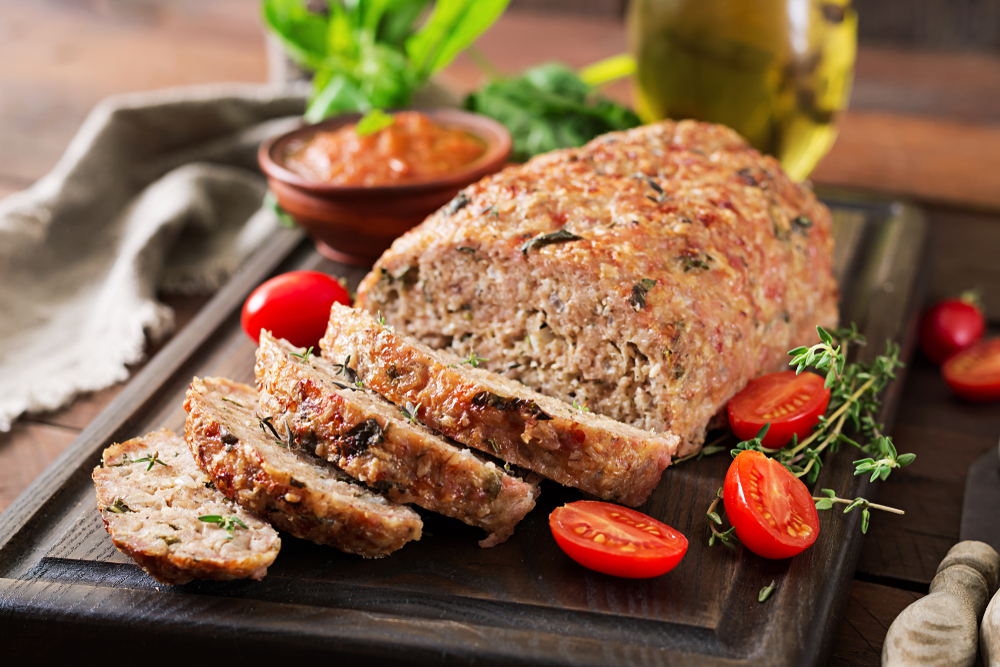
Meatloaf was never fancy, but it was filling, affordable, and stretched a pound of meat to feed a crowd. The classic version used ground beef, breadcrumbs, onions, and eggs, molded into a loaf pan and baked until firm. The ketchup glaze on top caramelized in the oven and added a touch of sweetness. This was a dependable meal seen often in midcentury homes and School Dinners across the country. It offered high protein and could be made with leftover ingredients. Over time, it fell out of favor due to its heavy texture and lengthy cook time. Now it mostly shows up in retro cookbooks or served ironically at themed diners.
Salisbury Steak and Mashed Potatoes
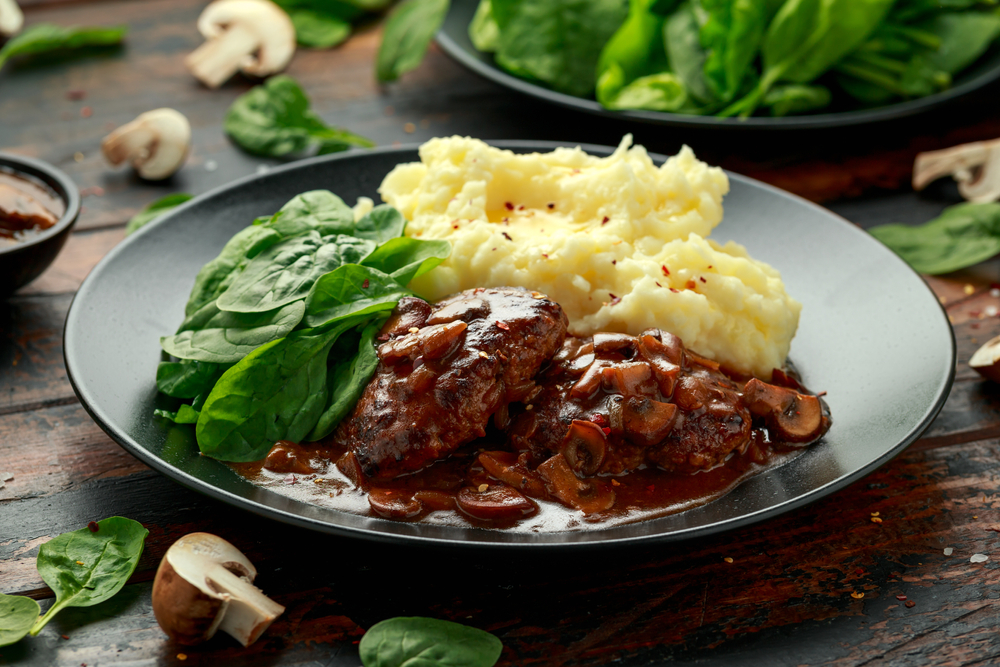
Salisbury steak was originally created as a healthier alternative to regular beef cuts, shaped into patties and served with brown gravy. It was a standard item in early School Dinners and a reliable option for parents trying to feed kids a full meal. The dish was usually paired with mashed potatoes and peas, making it a complete and satisfying dinner. In the frozen meal era, it was a fixture in TV trays for decades. Today, many people do not recognize the difference between Salisbury steak and hamburger patties, and the dish is seen as outdated. It has nearly disappeared from both home kitchens and restaurant menus, replaced by grilled proteins and fresher vegetables.
Tuna Noodle Casserole

This casserole was born out of necessity. Using canned tuna, condensed soup, egg noodles, and a crunchy topping of breadcrumbs or chips, it was a staple during economic hardship. It was easy to prepare in large batches, which made it ideal for School Dinners during the mid-20th century. The creamy texture and salty flavor made it comforting, even if it lacked fresh ingredients. Over time, however, its reputation as a “cheap” food led to its decline. Few modern families cook with canned soup bases, and most have replaced casseroles with skillet meals or delivery apps. Despite that, the flavor combination still triggers nostalgia for those who grew up on it.
Liver and Onions

Rich in iron and packed with nutrients, liver was once a go-to protein in American homes. It was commonly fried with onions and served alongside mashed potatoes or steamed vegetables. The strong smell and intense flavor made it divisive, but it was a frequent part of School Dinners for its nutritional value. In working-class homes, it was praised for being affordable and healthy. However, changing tastes, improved access to leaner meats, and concerns about cholesterol have pushed liver off most menus. Its decline is one of the clearest examples of how nutrition-focused meals of the past have been replaced by more palatable options.
Chicken à la King

This creamy chicken dish was once a symbol of upscale home cooking. It combined diced chicken, mushrooms, green peas, and pimentos in a roux-based white sauce, served over toast or noodles. It gained popularity in the early 1900s and remained a dinner party favorite for decades. It was even offered in School Dinners that wanted to provide something different from the usual casseroles or meatloaf. Today, Chicken à la King is almost completely absent from modern meal plans. The rise of low-fat cooking and emphasis on global cuisine has made this dish feel old-fashioned. It now survives mostly in culinary history books and the occasional frozen dinner aisle.
Ham Steak with Pineapple Ring
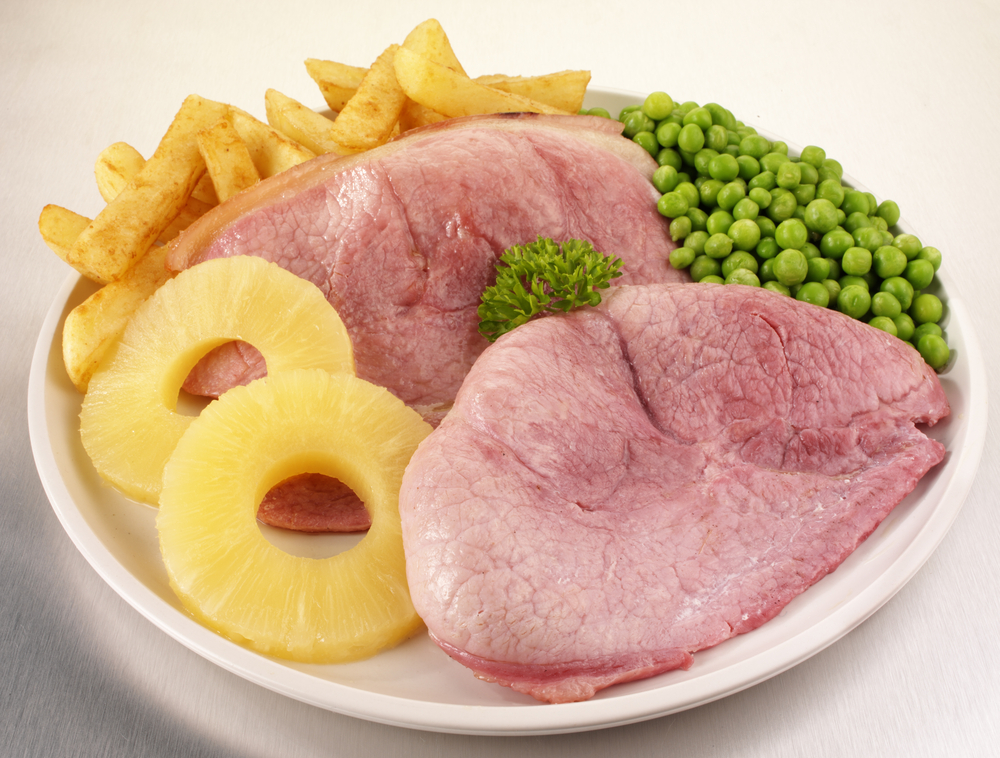
The combination of ham and pineapple might seem unusual today, but it was once a highlight of holiday dinners and weeknight meals alike. A thick slice of ham topped with a grilled pineapple ring created a salty-sweet contrast that was visually striking and easy to prepare. In School Dinners, this dish often appeared around festive occasions and was served with green beans and mashed potatoes. As nutritional guidelines began warning against processed meats and added sugars, ham steak fell from favor. Few modern diets include canned fruit or cured meats in this way. The dish is now seen as retro, with only a few nostalgic families keeping the tradition alive.
Creamed Chipped Beef on Toast

Made with thin strips of dried beef and white cream sauce, this dish was a Depression-era invention that remained popular well into the 1950s. It was nicknamed “SOS” and was a staple in both military mess halls and home kitchens. It was easy to make, required few ingredients, and could be prepared in minutes. School Dinners included it on menus because it was rich in calories and fast to serve in bulk. However, its high salt content and lack of vegetables led to its decline. In the age of low-sodium and plant-forward meals, creamed chipped beef feels like a relic. Some diners still serve it, but mostly for novelty.
Stuffed Bell Peppers
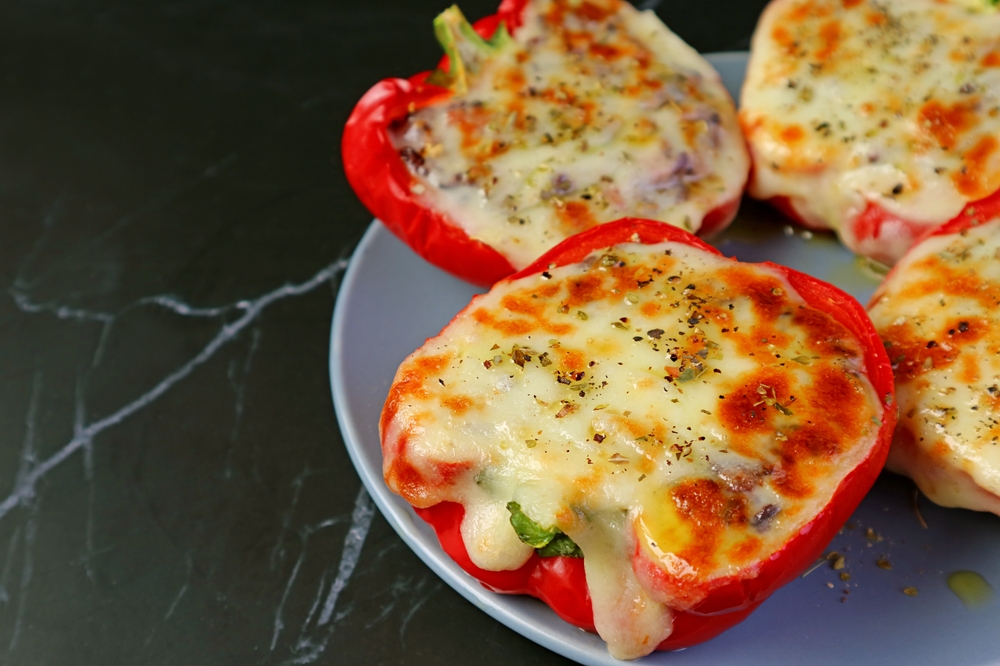
These peppers were often filled with a mixture of ground beef, rice, tomato sauce, and cheese, then baked until tender. The presentation made them look impressive despite being simple to prepare. School Dinners frequently used this recipe to introduce vegetables to younger eaters in a way that felt familiar. As cooking trends shifted toward quicker stovetop meals and Asian or Latin-inspired bowls, baked stuffed peppers lost their popularity. Many home cooks now avoid dishes that require oven time and assembly. Frozen versions exist, but they are far less common than they once were.
Pot Roast with Root Vegetables
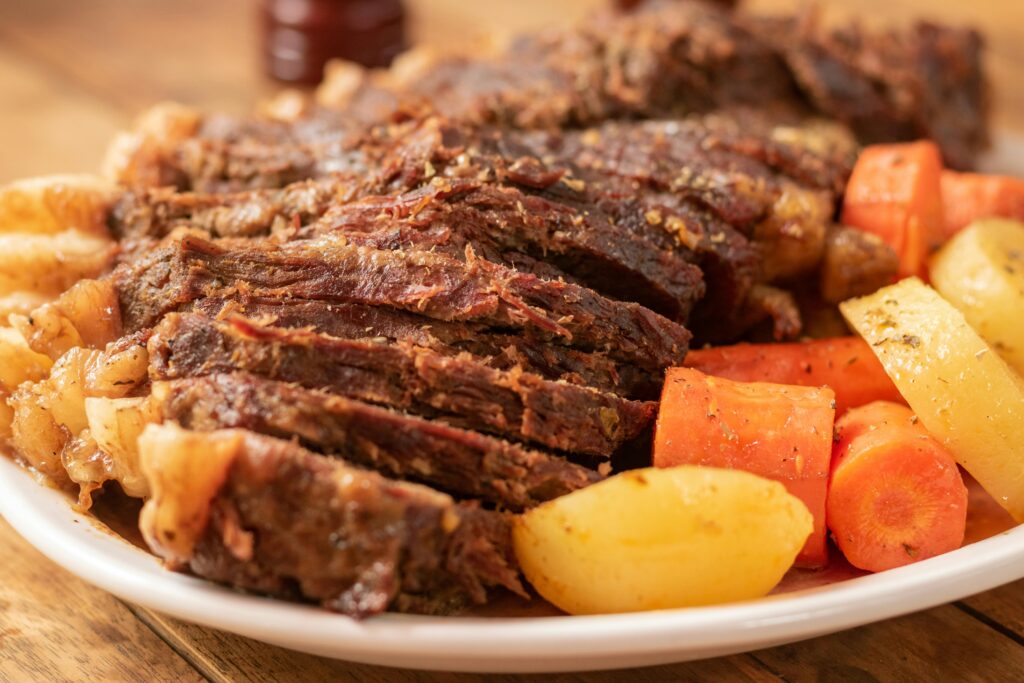
Pot roast was a Sunday tradition in many families, cooked slowly with carrots, potatoes, and onions. It made the house smell inviting and offered a full meal in one pot. School Dinners used pot roast as a reliable way to feed many students in colder months. It offered warmth, nutrients, and comfort. With the rise of modern appliances and global spice blends, fewer people spend hours slow-cooking meat. While slow cookers have revived some interest, most home chefs now prefer faster solutions like pressure cookers or pre-cooked meals. Pot roast has become more of a special occasion dish than a weekly habit.
Goulash
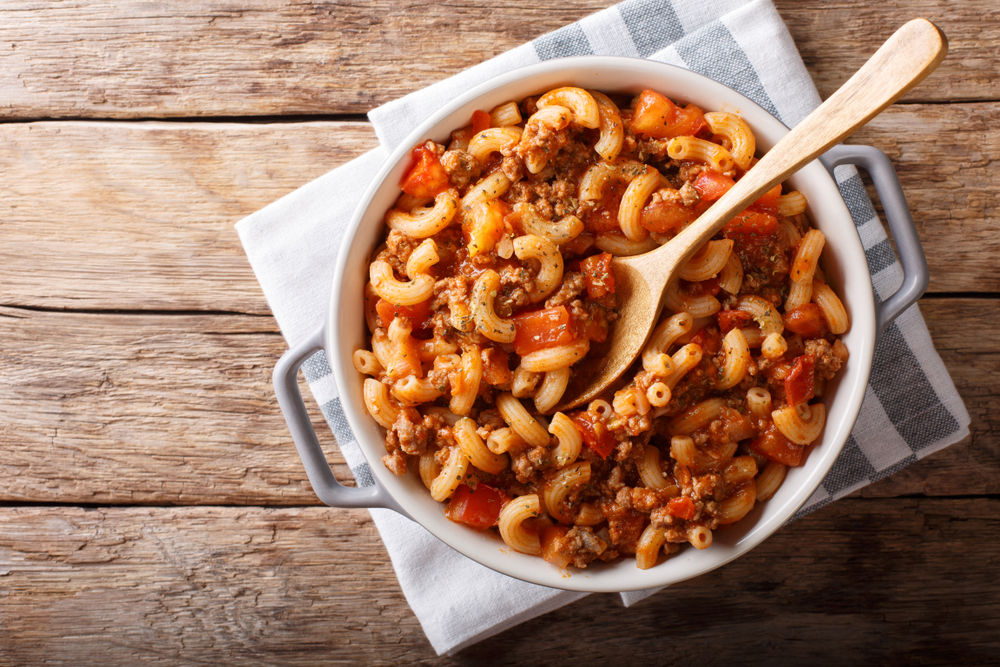
The American version of goulash included ground beef, macaroni, tomato sauce, and spices. It was a one-pan dish popular during the 1950s and 1960s, when convenience was key. School Dinners often included this recipe for its low cost and simple preparation. Families favored it for its flexibility, allowing leftover ingredients to be reused efficiently. As pasta dishes became more refined and Italian-American cuisine introduced better sauces and cheeses, basic goulash lost its charm. Today, it is rarely seen outside of homes that preserve traditional recipes. Most modern cooks lean toward fresher options with more vegetables and herbs.
Baked Ziti with Cottage Cheese
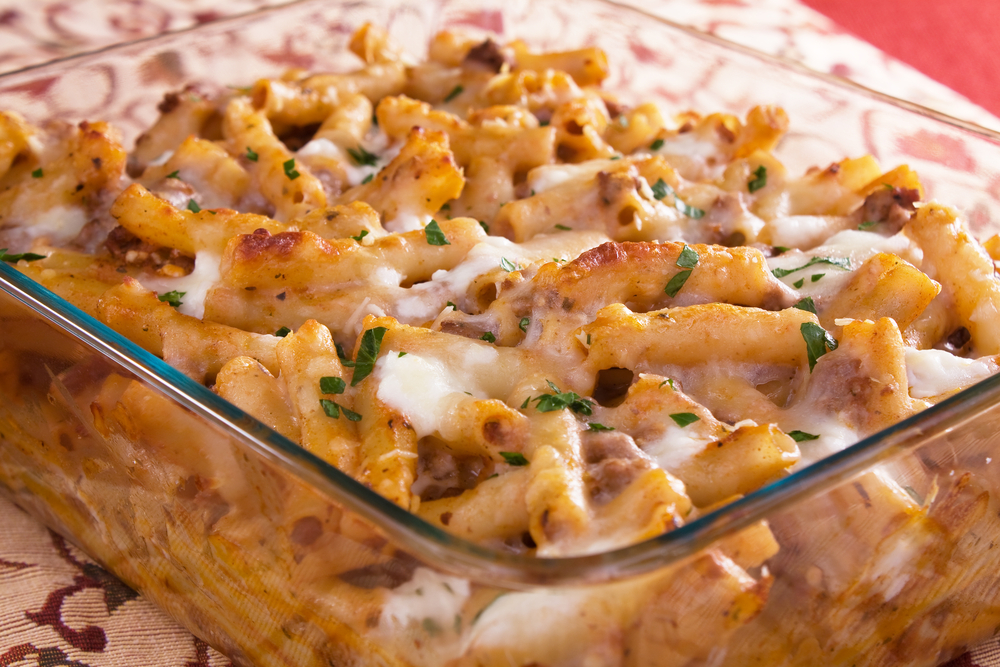
Before ricotta became the default, baked ziti was commonly made with cottage cheese for its light texture and tangy taste. The dish involved pasta layered with tomato sauce, cottage cheese, and mozzarella, then baked until golden and bubbling. It was a go-to meal for School Dinners that needed large-scale food prep without much complexity. The ingredients were affordable and easy to find. As American palates shifted toward more authentic Italian ingredients, ricotta replaced cottage cheese in nearly all baked pasta recipes. Few people today even know this variation existed. It has faded quietly but remains part of many family memories.
Why These Meals Matter

Each of these old-school dinners tells a story about how people lived, cooked, and ate together. They reflect the priorities of past decades when dinner was structured, predictable, and based on affordability. These meals also served as the foundation for School Dinners that emphasized nutrition, volume, and taste all at once. While food trends evolve, and new dishes take center stage, remembering these classic meals connects people to their culinary roots. They represent a slower, more thoughtful approach to mealtime that emphasized home, family, and tradition.
The Legacy of School Dinners

Modern School Dinners bear little resemblance to those from 40 or 50 years ago. Today’s menus include international foods, plant-based options, and allergy-friendly choices. This change reflects progress and inclusion, but it also distances children from the flavors their parents and grandparents once loved. Reintroducing some of these classic dinners, even just occasionally, could restore that connection. Whether it is a pot roast on a cold evening or tuna noodle casserole after a long day, these meals deserve a place in today’s kitchens. Not every dish needs to be reinvented. Sometimes, going back to basics is the most comforting choice of all.
Read More: 8 Easy Homemade Foods That Beat Store-Bought Versions
Disclaimer: This article was created with AI assistance and edited by a human for accuracy and clarity.
